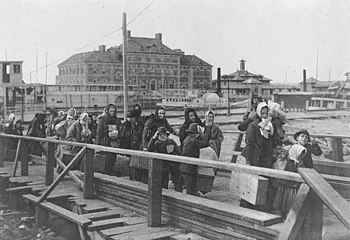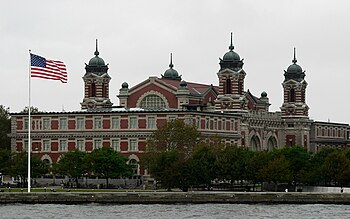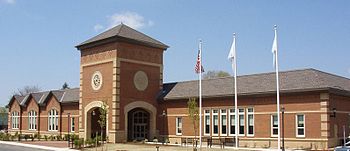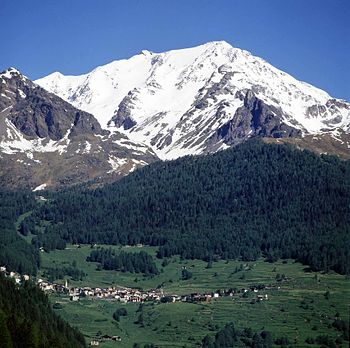One of the surprises that came with my 23andMe
DNA profile was a small reference to the fact that I'm walking around (upright I might add!) with as much as 3% Neanderthal DNA! I can't say that I wasn't surprised, but it made me think of a cartoon that my kids colored for me about 25 years ago. It's a "custom made" Father's Day card of sorts.
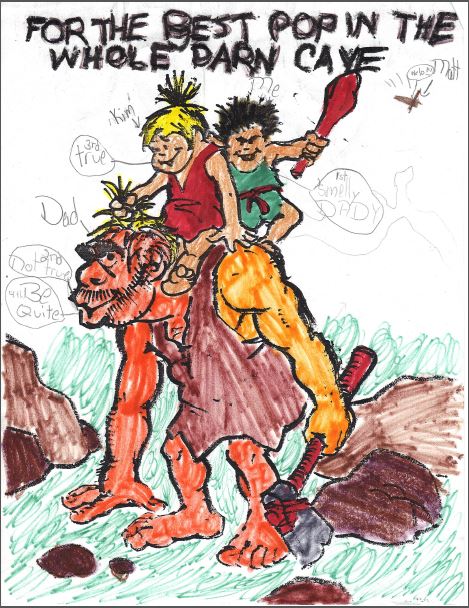
Now, how did my kids know 25 years ago that their father was a Neanderthal? I thought it was pretty ironic. I was also a little surprised that I could put my hands on the drawing. When I showed them what I had found and why it was so suddenly appropriate, each had their own unique response, for example, "No kidding!" and other marginally complimentary comments.
I heard an NPR radio broadcast today about the
Max Planck research that supported the findings. And the more I read about the significance of these 21st century discoveries, the more I believe this is another case of the naivete of the scientific community. Or at least their slow move to embrace new concepts. It goes without saying that the current, cutting edge theories maintain that Neanderthal wasn't an oafish, bent over, club wielding, thick browed, grunting cave man. On the contrary. We're getting close to the belief that their "culture" was quite advanced. There is strong physical evidence that they were able to communicate, although not in the way we would imagine. Their voices have actually been predicted by modeling the construction of their necks and where and how all the mechanics of speech would have worked. The idea that they "disappeared" is being revised to posit that early humans (
Homo Sapien or
Cro Magnon) are very likely to have intermingled with Neanderthal but for a variety of reasons, the Neanderthal took a back seat to the development of the species.
[caption id="" align="alignright" width="350"]
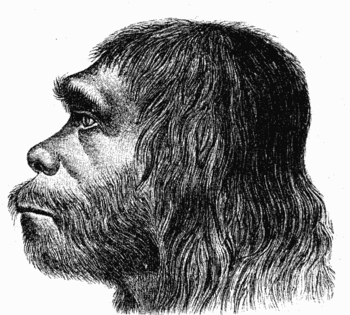
English: First reconstruction of Neanderthal man Español: Primera reconstrucción del Hombre de Neandertal (Photo credit: Wikipedia)[/caption]
Much of the current thinking is that Neanderthal branched out from the same species from which we descend. In other words, 2 separate branches or species. There are any number of species of proto-humans such as Homo Afrigensis and others. With this new "blending" theory, it would seem that the two branches actually came back together a mere 200,000 to 250,000 years after the original split.
Well, below is a link to one of the many articles available to explain all this paleoanthropology that I can barely spell, much less completely understand. In addition, I'm reading Chip Walter's "
Last Ape Standing: The seven-Million-Year Story of How and Why We Survived" which, although filled with scientific data, is pretty interesting and easy to read. It's available at Amazon.com in hardcover, paperback and Kindle. (I use the Kindle editions because their so much cheaper! I read them on my Android or on my laptop. I'm getting accustomed to not having pages to turn.) Neanderthals: Their genes walk among us. (And links to other articles at the bottom)
Now some of the people I know have looked at me with incredulity when I talk about my new found heritage. It sort of puts a new spin on my genealogy research! They seem to think that this new data goes a long way to explain what makes me tick... I just don't let them get too carried away!
[caption id="" align="alignleft" width="75"]

English: Max Planck (Photo credit: Wikipedia)[/caption]


- Animation of the structure of a section of DNA. The bases lie horizontally between the two spiraling strands. (Photo credit: Wikipedia)
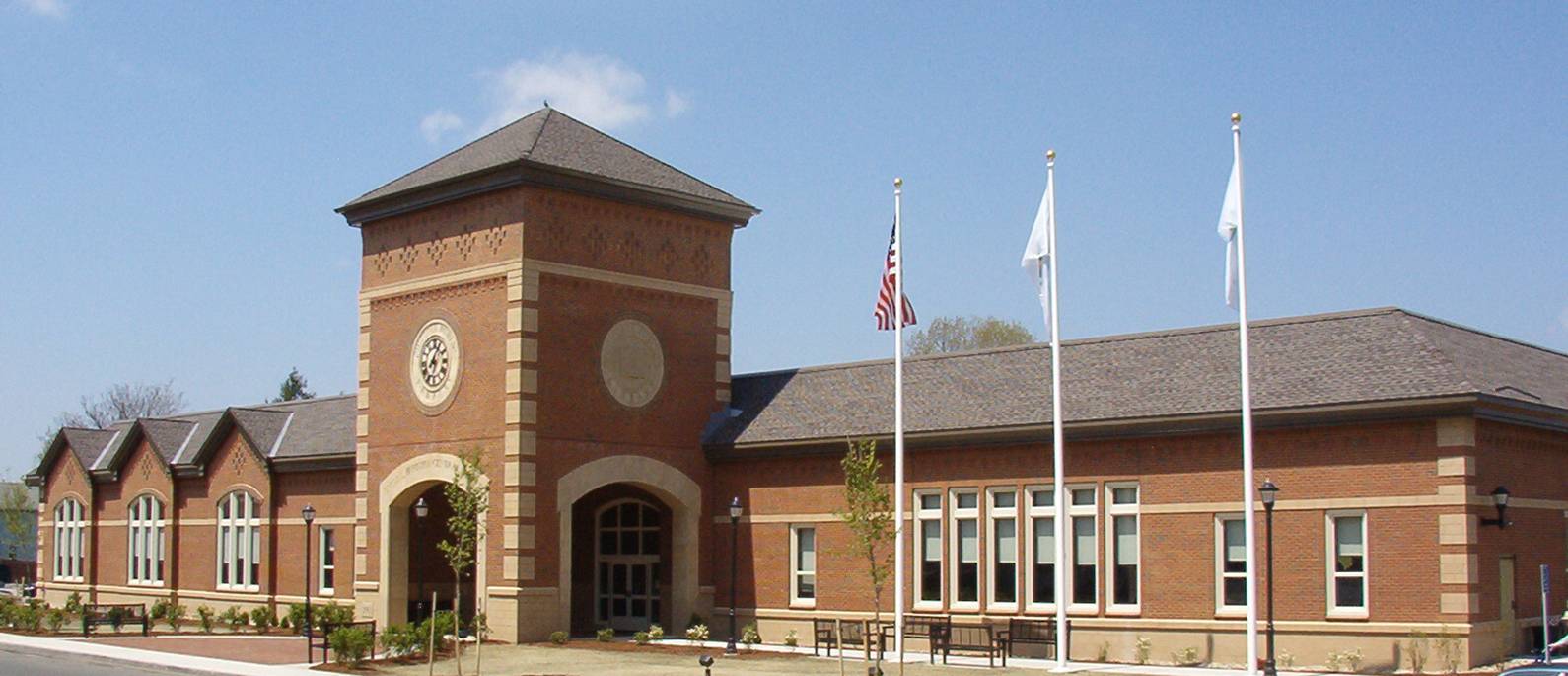 English: Image of Chicopee Public Library (Photo credit: Wikipedia)[/caption]
English: Image of Chicopee Public Library (Photo credit: Wikipedia)[/caption]















